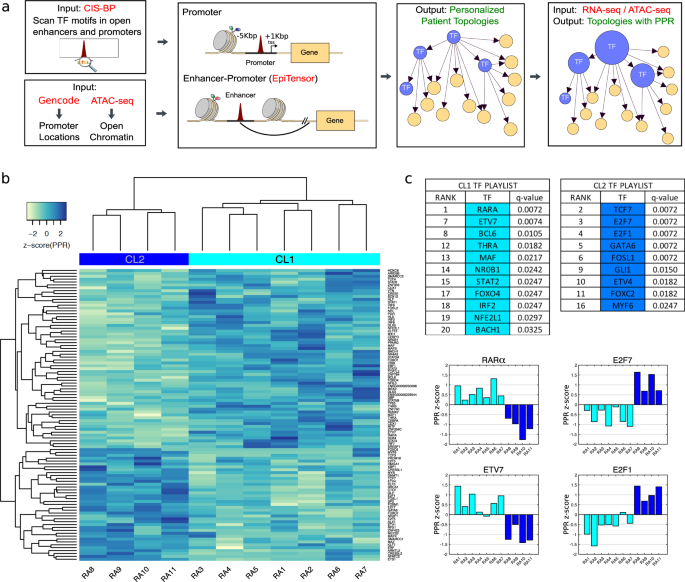2022-10-24 マサチューセッツ大学アマースト校
昼寝をすると、記憶が大脳皮質に移動し、海馬により多くの情報を格納するためのスペースが空く。
海馬がもっと発達すれば、子供たちは昼寝から移行できる。海馬が成熟して、「バケツ」が溢れ出すことがなくなるからである。海馬が成熟してバケツから溢れ出すことがないため、子どもたちは1日の終わりまで記憶を保持することができ、夜間の睡眠によって海馬から大脳皮質への情報伝達が可能になる、と研究者は推測している。
<関連情報>
- https://www.umass.edu/news/article/young-childs-brain-not-age-determines-nap-transitions-research-suggests
- https://www.pnas.org/doi/10.1073/pnas.2123415119
幼児期における昼寝と昼寝移行時の生体制御に対する記憶と脳の発達の寄与 Contributions of memory and brain development to the bioregulation of naps and nap transitions in early childhood
Rebecca M. C. and Tracy Riggins
Proceedings of the National Academy of Sciences Published:October 24, 2022
DOI:https://doi.org/10.1073/pnas.2123415119

Abstract
The transition from multiple sleep bouts each day to a single overnight sleep bout (i.e., nap transition) is a universal process in human development. Naps are important during infancy and early childhood as they enhance learning through memory consolidation. However, a normal part of development is the transition out of naps. Understanding nap transitions is essential in order to maximize early learning and promote positive long-term cognitive outcomes. Here, we propose a novel hypothesis regarding the cognitive, physiological, and neural changes that accompany nap transitions. Specifically, we posit that maturation of the hippocampal-dependent memory network results in more efficient memory storage, which reduces the buildup of homeostatic sleep pressure across the cortex (as reflected by slow-wave activity), and eventually, contributes to nap transitions. This hypothesis synthesizes evidence of bioregulatory mechanisms underlying nap transitions and sheds new light on an important window of change in development. This framework can be used to evaluate multiple untested predictions from the field of sleep science and ultimately, yield science-based guidelines and policies regarding napping in childcare and early education settings.


